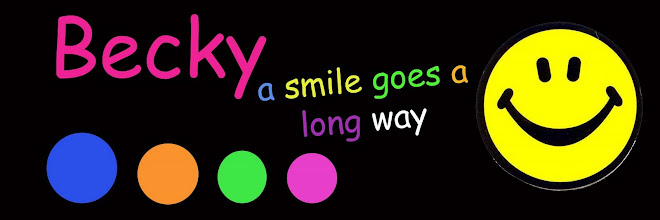REPRESENTATION
MASCULINE: cars, motorbikes, football, rugby, muscles, lazy, pubs, fish n chips, action, stud/ man whore, horror, hair gel, sexist, burping, hairy, aggression, lads- mag, unemotional, rude, deep voice, egotistical, tough, immature, blue/ dark colours
FEMININE: shopping, make-up, gossip, pink, emotional, romance, soaps, slag, hormonal, bossy, bitchy, elegant, petite, appearance, gold- digger, maternal, physically weaker, light- colours.
It refers to the re-presenting of ideas, people, life styles, the world back to us through media texts.
Much of what we know, or think we know, has infact gone through a process of mediation and is a very controlled, even created, version representation of reality.
Example: CHAMPAGNE; feminine.
Fancy writing- suggests elegant, classy and expensive which is all associated with women.
It is usually poured in a champagne flute which is small and delicate.
Champagne gets you drunk quicker which men are always trying to do to women.
Gold detail to make it look more attractive.
It says vintage which makes it look more expensive and women like expensive things- women like having money spent on them because it makes them feel special.
HAIR HEAT PROTECTION- Feminine
women care about their appearance.
Purple, red, and white- girly colours.
It has a flower on it which women appeal to- delicate.
TEXTUAL ANALYSIS
Textual analysis is the process of breaking down a media text into its various components in order to analyse how meaning has been created. This process can be applied to any media text, whether it is still or moving image, fiction or non- fiction, because every media text has been carefully constructed to convey a particular meaning and therefore can be deconstructed to discover exactly how that meaning has been created.
Denotation: description or explicit meaning.
connotation: the meaning behind it.







